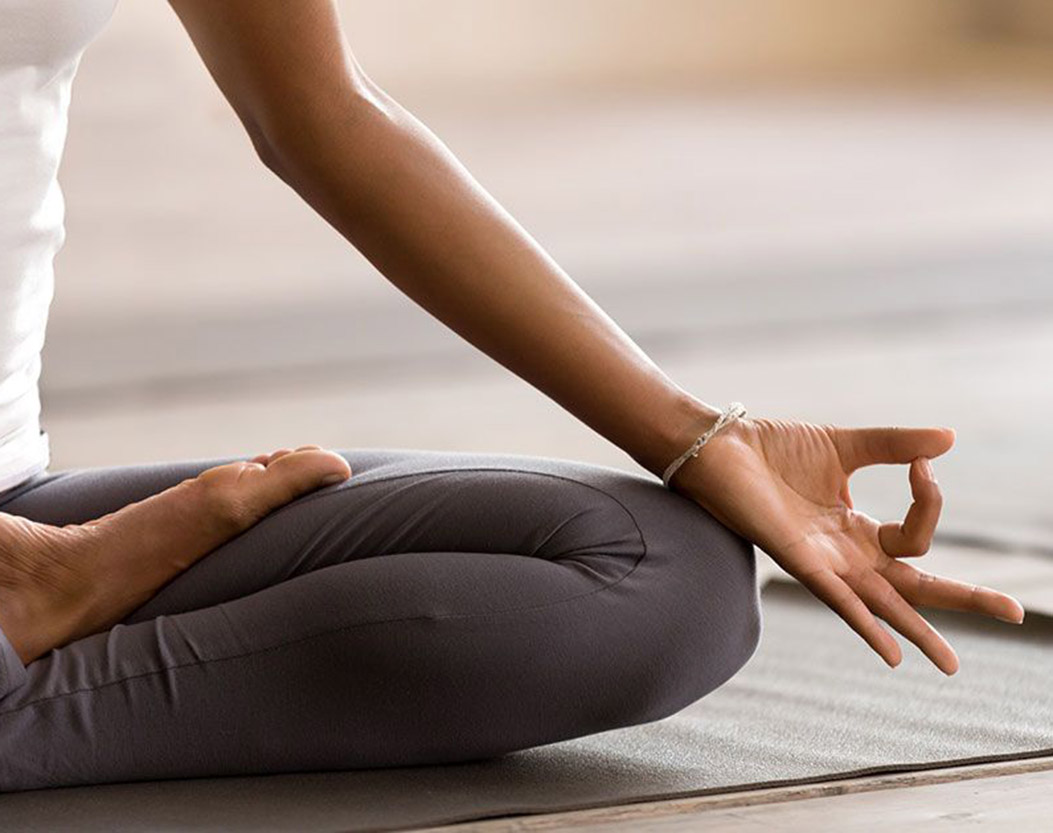In today’s fast-paced world, stress has become an inevitable part of daily life. From tight deadlines at work to personal responsibilities and global concerns, stress can often feel overwhelming. However, there are effective ways to manage and reduce stress, and two practices that have gained widespread recognition for their ability to improve overall well-being are yoga and meditation. These practices not only help in alleviating stress but also enhance physical health, mental clarity, and emotional balance.
Get More from Your Tech — Gazelle.com
Get more from your tech at Gazelle.com.
Instant quotes, free shipping, and great deals on certified pre-owned devices.
Trade. Save. Repeat.
What is Yoga and Meditation?
Before diving into the benefits, it’s important to understand what yoga and meditation are and how they work.
Yoga is an ancient practice that originated in India over 5,000 years ago. It combines physical postures, breathing techniques, and meditation to promote physical flexibility, strength, and mental clarity. While many people think of yoga as merely a physical exercise, it is much more than that—it is a holistic approach to health that integrates mind, body, and spirit.
Meditation, on the other hand, is a practice of focusing the mind, often in silence, to achieve a heightened state of awareness and presence. It’s a mental technique used to calm the mind, reduce anxiety, and connect with one’s inner self. Meditation can be done separately or as a part of a yoga practice.
Together, yoga and meditation form a powerful combination to reduce stress and promote overall well-being.

The Science Behind Stress Relief
Stress is a natural response to challenging situations. However, when stress becomes chronic, it can have a detrimental effect on both mental and physical health. Long-term stress can lead to anxiety, depression, insomnia, weight gain, heart disease, and a weakened immune system.
Yoga and meditation help to activate the body’s parasympathetic nervous system, also known as the “rest and digest” system, which counters the body’s natural “fight or flight” response triggered by stress. By engaging in these practices, the body can enter a state of relaxation, reducing the levels of cortisol (the stress hormone) and promoting a sense of calm.
Benefits of Yoga for Stress Relief
Yoga is particularly effective at combating stress because it emphasizes both physical movement and mindfulness. Here are several ways yoga can help alleviate stress:
1. Improves Flexibility and Reduces Muscle Tension
When we experience stress, our muscles tend to tighten, especially in areas like the neck, shoulders, and lower back. This physical tension can exacerbate the feeling of stress. Yoga involves various poses that stretch and strengthen muscles, helping to release this built-up tension. For example, poses like the child’s pose (Balasana) and downward dog (Adho Mukha Svanasana) are great for loosening up tight muscles and promoting relaxation.
2. Boosts Mental Clarity
Yoga’s combination of breathing exercises and mindfulness helps to calm the mind and improve focus. In today’s digital age, our minds are constantly bombarded with information, leading to mental fatigue. Yoga offers a mental “reset,” allowing you to tune out distractions and gain clarity. Practicing poses that require concentration, like tree pose (Vrksasana), can enhance mindfulness and improve mental focus.
3. Promotes Deep Breathing
Breathing is at the core of both yoga and meditation. Deep, controlled breathing helps to activate the parasympathetic nervous system, which triggers the relaxation response in the body. In yoga, breathing is coordinated with movement, helping to increase oxygen flow to the muscles and calming the nervous system. Pranayama, the practice of controlled breathing, is often incorporated into yoga routines to reduce stress and anxiety.
4. Encourages Mind-Body Connection
Yoga encourages practitioners to connect with their bodies, focusing on sensations and movements. This mindful awareness can help to reduce the feeling of being overwhelmed by external stressors. It allows individuals to become more present and in tune with their emotions, which can prevent stress from becoming unmanageable.
5. Improves Sleep Quality
Stress often disrupts sleep, leading to a vicious cycle of exhaustion and anxiety. Yoga, particularly restorative poses like legs up the wall (Viparita Karani), can help signal the body that it’s time to wind down and prepare for rest. The deep breathing and relaxation that yoga promotes can lead to improved sleep quality, which in turn reduces stress levels.
The Power of Meditation for Stress Relief
Meditation is a practice that complements yoga by focusing primarily on the mental aspect of well-being. Meditation provides a mental escape, allowing you to release negative thoughts and stress. Here’s how meditation can help manage stress:
1. Calms the Mind
Meditation is an effective way to clear the mind and create a sense of calm. By focusing on the breath, a mantra, or a visual object, meditation allows the mind to let go of distractions and worries. This practice can bring clarity and peace, even in the midst of a hectic day.
2. Reduces Anxiety
Meditation helps reduce anxiety by encouraging a mindful awareness of the present moment. When we’re stressed, we often dwell on the past or worry about the future, which can fuel anxiety. Meditation teaches us to let go of these thoughts and focus on what is happening right now, reducing anxiety and promoting emotional balance.
3. Enhances Emotional Resilience
Through regular meditation, individuals can develop greater emotional resilience. It helps to cultivate a sense of acceptance and non-judgment toward thoughts and emotions, which can prevent stress from becoming overwhelming. Over time, meditation helps individuals respond to challenges with more calm and equanimity.
4. Improves Self-Awareness
Meditation fosters greater self-awareness by allowing individuals to observe their thoughts without attachment. This mindfulness can lead to a deeper understanding of one’s emotions and triggers, making it easier to manage stress in the future.
5. Supports Overall Well-Being
Meditation has been shown to improve overall well-being by lowering stress hormones, improving mood, and promoting a positive outlook on life. It also enhances emotional intelligence, which can improve relationships and create a sense of harmony both inside and outside.

How to Incorporate Yoga and Meditation into Your Daily Routine
Starting a yoga and meditation practice doesn’t require much—just a little time and commitment. Here are some simple steps to get started:
1. Set Aside Time Each Day
Start by setting aside 20-30 minutes each day for yoga and meditation. If you’re short on time, even 10 minutes of mindful breathing or a few gentle yoga stretches can make a difference. Consistency is key—try to practice at the same time each day to develop a routine.
2. Create a Calm Space
Find a quiet and comfortable space where you can practice without distractions. Whether it’s a corner of your living room or a dedicated yoga mat, creating a peaceful environment will enhance your experience and allow you to fully relax.
3. Begin with Simple Practices
If you’re new to yoga, start with basic poses like cat-cow, downward dog, or child’s pose. For meditation, start with short sessions of 5-10 minutes and focus on your breath or use a guided meditation app. Over time, you can build up your practice.
4. Combine Yoga and Meditation
You can also combine yoga and meditation for a more holistic experience. For instance, begin with a few gentle yoga poses to warm up the body, followed by a 10-minute meditation session. This combination will leave you feeling grounded, refreshed, and relaxed.
Yoga and meditation offer a holistic approach to reducing stress and improving overall well-being. By incorporating these practices into your daily routine, you can alleviate tension, calm the mind, and develop greater resilience to life’s challenges. The benefits are profound and long-lasting—helping you live a healthier, more balanced life. So, take a deep breath, roll out your yoga mat, and start your journey toward a calmer, more centered you.



